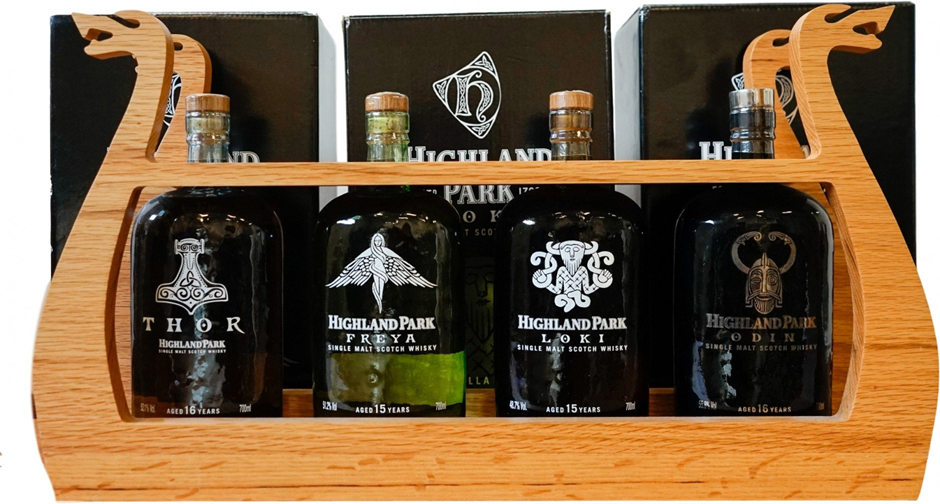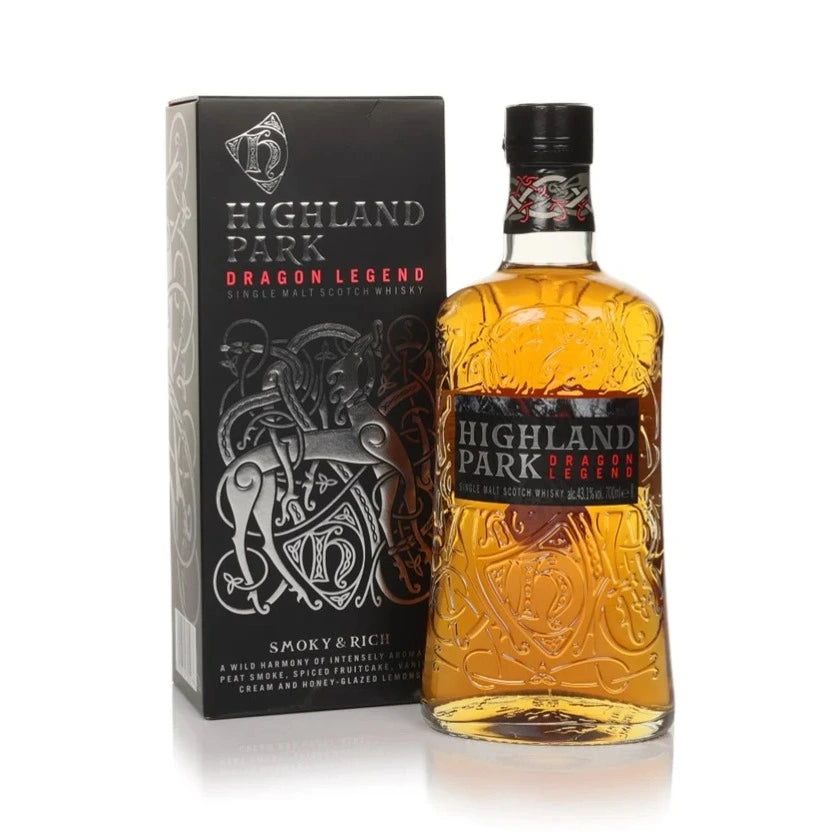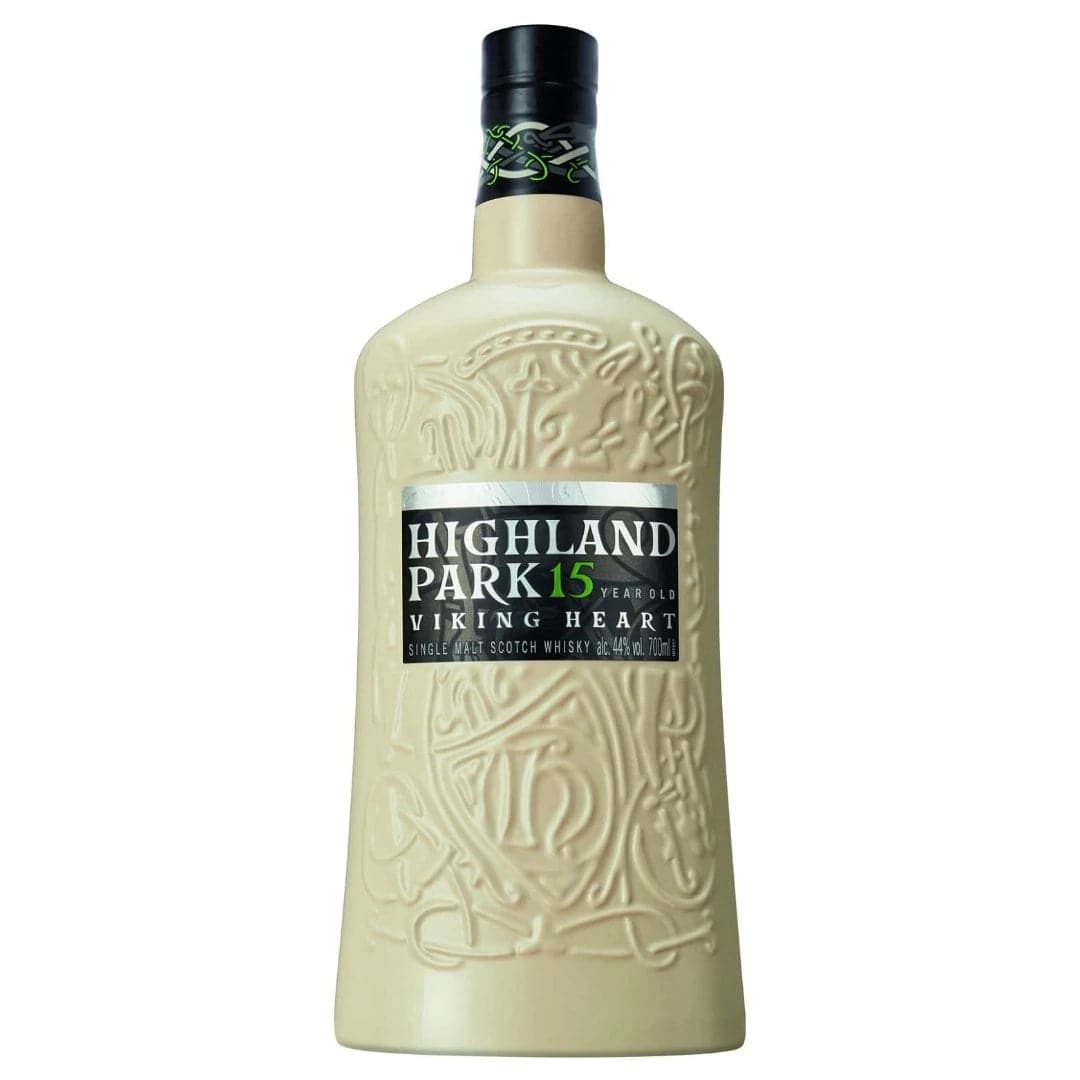Choose your Highland Park bottle

Founding of Highland Park
Founded in 1798, Highland Park's distillery is located in Kirkwall on the Orkney Islands, an archipelago to the north of mainland Scotland. Though the distillery officially dates back to the 18th century, it's believed that distillation on the site began many years before, carried out illegally by Magnus Eunson, a local butcher and church official by day and illicit distiller by night
Magnus Eunson: The Pioneer
Magnus Eunson, often dubbed the founder of Highland Park, was known for his cunning methods of evading excise officers, including hiding whisky beneath his pulpit.
His spirit and dedication laid the foundation for the distillery’s principles today.

Notes and Tasting Experience
Highland Park whiskies often present a harmonious blend of smoky peat, honey sweetness, and aromatic spices. Depending on the expression, one can also detect notes of dried fruit, vanilla, and sometimes a maritime or salty tang, a nod to its island home.
Maturation Process
Highland Park whiskies often present a harmonious blend of smoky peat, honey sweetness, and aromatic spices. Depending on the expression, one can also detect notes of dried fruit, vanilla, and sometimes a maritime or salty tang, a nod to its island home.

Embracing Viking Heritage
The Orkney Islands, once inhabited by Vikings over a millennium ago, influence the very essence of Highland Park. This Viking heritage is reflected not just in the character of the whisky but also in its branding and packaging.
Valhalla Collection
Highland Park's Valhalla Collection, for instance, pays tribute to legendary Norse gods like Thor, Loki, Freya, and Odin, encapsulating the spirit and stories of the ancient Viking warriors.
Traditional Malting Floor
One of the distillery’s unique features is its traditional malting floor, one of the few still in operation in Scotland. Here, barley is turned by hand, a time-honored process that ensures even germination and contributes to the whisky’s distinctive flavor.
Slow-Burning Peat
The local peat, used in the malting process, is dense and aromatic, giving Highland Park whiskies their gentle smoky character. This peat burns slowly, allowing the barley to absorb its rich flavors.
Frequently Asked Questions (FAQs) about Highland Park
Is Highland Park a peated whisky?
Yes, Highland Park is a peated whisky. It's known for a gentle and distinctive style of peat that's different from the more intense peat character found in some Islay whiskies. The peat used at Highland Park is sourced from Hobbister Moor, Orkney, and it imparts a heathery, aromatic quality to the whisky.
What's the significance of the stag in Highland Park logo?
The stag in the Highland Park logo is a significant symbol for the brand. It draws inspiration from the ancient Norse heritage of Orkney, the Scottish island where Highland Park is distilled. The stag symbolizes strength, nobility, and resilience, qualities that resonate with the history and character of Highland Park whisky. The association with Norse mythology and symbols reflects Orkney's history as a part of the Viking kingdom until the 15th century.
How should one enjoy Highland Park?
Enjoying Highland Park whisky can vary based on personal preference, but here are some common recommendations:
- Neat: This is the most straightforward way to appreciate the complex flavors and aromas of Highland Park.
- With a Drop of Water: Adding a small amount of water can help to open up the whisky, releasing more of its aromatics and softening the alcohol's impact on your palate.
- On the Rocks: Some people enjoy their whisky over ice, which can dull some of the flavors but also makes for a refreshing and milder drink.
- In a Cocktail: While Highland Park can be enjoyed in cocktails, its unique flavor profile is often best appreciated on its own or with minimal additions.
It's important to note that there is no "right" way to enjoy whisky; it ultimately comes down to personal preference and experimentation.
















